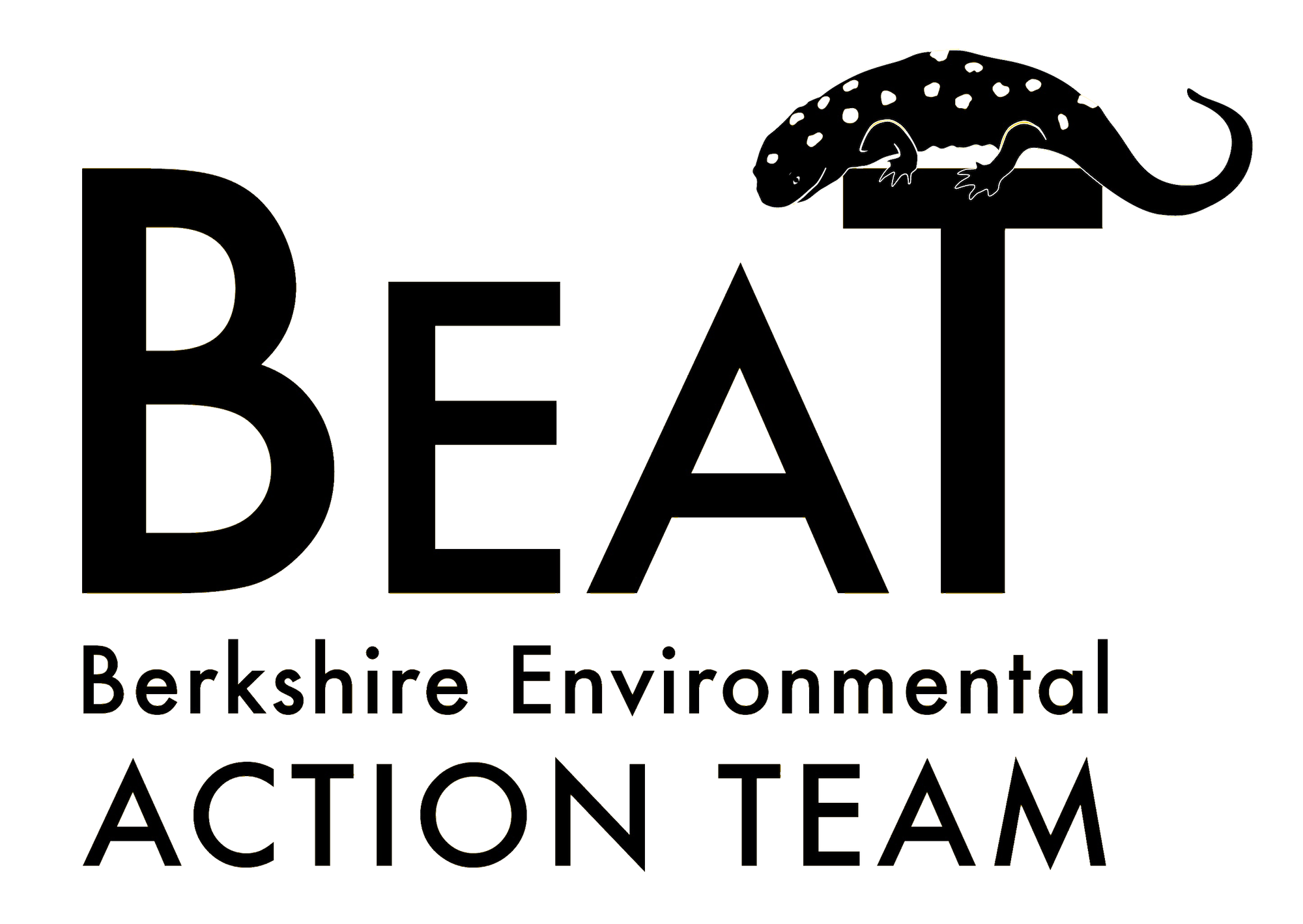Wetlands Program Policy 90-2 Rare Species: Standards and Procedures for Determining Adverse Impacts to Rare Species Habitat (DWW Policy 90-2)
Issued: August 13, 1990
Purpose
The purpose of this policy is to clarify the rules regarding rare species habitat contained in the Wetlands Protection Regulations (The “regulations”) at 310 CMR 10.37 and 10.59. This policy provides a clear standard and specific procedural guidelines for determining whether a project will have an adverse effect (short or long term) on state listed (rare) species habitat and whether such effects can be mitigated.
Regulatory Standards
Coastal and inland regulations pertaining to projects which impact Rare Species wetlands habitat are found at 310 CMR 10.37 and 10.59 respectively. Both sections refer to the respective roles of the “issuing authority” (Conservation Commissions and the Department) and “the Program” (Natural Heritage and Endangered Species Program). The regulations provide in part that:
“… if a proposed project is found by the issuing authority to alter a resource area which is part of the habitat of a state-listed species, such project shall not be permitted to have any short or long term adverse effects on the habitat of the local population of that species. A determination of whether or not a proposed project will have such an adverse effect shall be made by the issuing authority. However, a written opinion of the Program on whether or not a proposed project will have such an adverse effect shall be presumed by the issuing authority to be correct. This presumption is rebuttable and may be overcome upon a clear showing to the contrary.” (310 CMR 10.37 and 10.59, emphasis added).
Analysis
When work is proposed in a rare species habitat, the applicant shall have the burden of demonstrating to the issuing authority that the alteration will not adversely effect the habitat of the local population of that species. In order to meet this burden, the applicant shall be required to: 1) identify the relevant habitat requirements of the rare species in question; 2) identify the habitat characteristics of the resource areas and the important wildlife functions provided for that rare species; and 3) demonstrate that the proposed work will not alter any habitat characteristics which are providing important wildlife functions for the rare species. Wildlife habitat functions to be analyzed are important food, shelter, migratory or overwintering areas, or breeding areas. (Wildlife habitat characteristics for inland resource areas can be found at 310 CMR 10.60(2).)
The issuing authority shall presume a written opinion from the Program on whether a proposed project will have an adverse effect to be correct. This presumption is rebuttable and may be overcome upon a clear showing to the contrary. In the absence of a finding by the Program, the issuing authority may require additional information, which may include a written opinion from the Program or other qualified wildlife expert, to show that the proposed project will not have an adverse effect.
The issuing authority is prohibited from allowing any project which has not met the burden of demonstrating no adverse effect. Furthermore, habitat replication, relocation of individual animals, or other proposed measures purported to offset adverse effects, shall not be permitted because these activities cannot meet the performance standard of no adverse short or long term effect on the habitat of the local population.
dep logo top
Commonwealth Development • Environmental Affairs • Feedback • Related Sites • Privacy Policy
